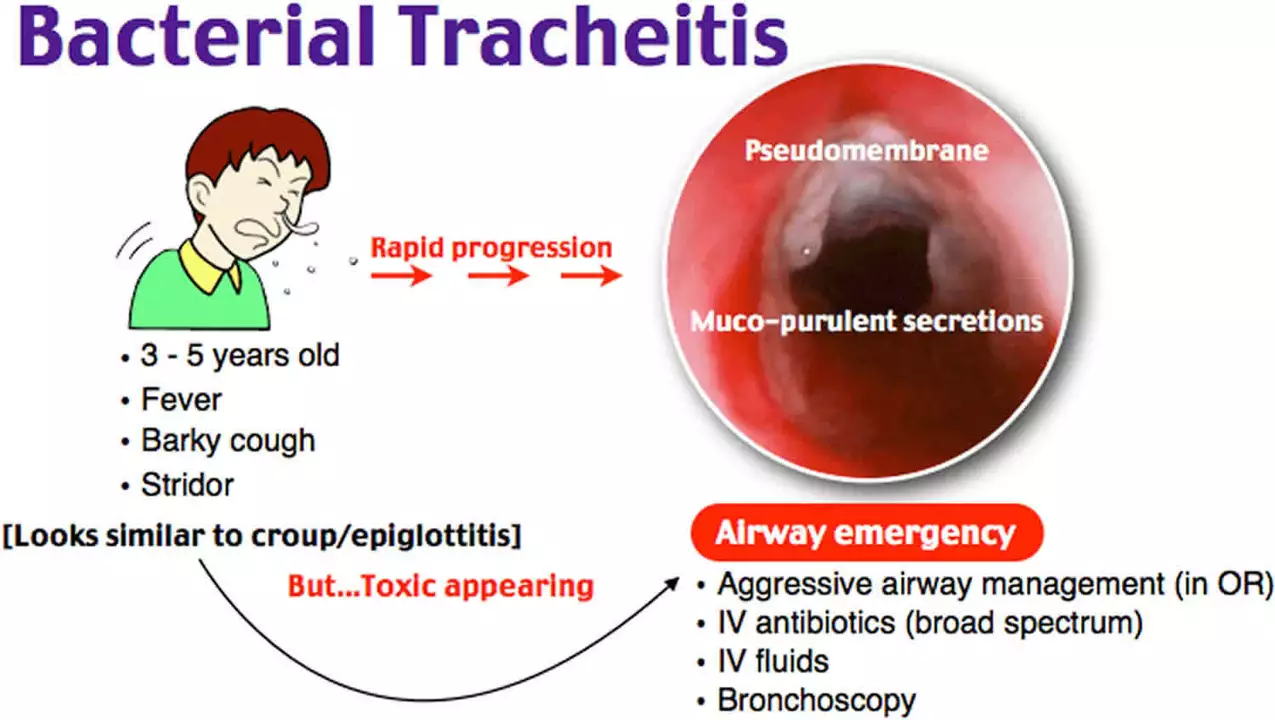Bacterial infections: how to spot them and what to do
Not every infection needs antibiotics. That’s the single idea that changes outcomes: using antibiotics only when they help keeps you safer and slows resistance. This short guide helps you tell when a problem is likely bacterial, what a doctor might do, and simple steps you can take right now.
When to suspect a bacterial infection
Bacterial infections often start suddenly and get worse without treatment. Ask yourself: is the symptom sharp, localized, or unusually severe? Here are some signs that point to bacteria rather than a virus:
- Fever with a clearly inflamed area, like a red, hot wound or an ear with severe pain.
- Thick, yellow or green mucus from the nose or chest that persists beyond a few days.
- Very painful urination or frequent urge to go — common with urinary tract infections (UTIs).
- Rapid swelling, spreading redness, or drainage from a cut or skin sore.
- Sudden worsening after initial improvement (a bacterial superinfection).
Doctors use exams, simple tests (like throat swabs or urine tests), and sometimes cultures to confirm bacteria. If a test can identify the bug, treatment becomes more precise.
Treatment and antibiotic safety
When antibiotics are needed, the right drug, dose, and length of treatment matter. Common antibiotic types include penicillins (amoxicillin), cephalosporins, macrolides (azithromycin), tetracyclines (doxycycline), and clindamycin. Your provider chooses based on the likely bacteria, allergies, and local resistance patterns.
Follow these rules to get the most from antibiotics and protect yourself and others:
- Take the exact dose and finish the full course unless your doctor tells you otherwise.
- Don’t save antibiotics for later or share them with anyone.
- Ask about side effects and interactions with other meds you take.
- If symptoms don’t improve in 48–72 hours, call your doctor — infection might be resistant or you might need a different treatment.
Prevention beats treatment. Wash hands often, care for wounds promptly, stay up to date on vaccines, and keep chronic conditions (like diabetes) under control — they lower infection risk.
If you’re shopping for medications online, confirm the pharmacy is reputable and that prescriptions are required where appropriate. Never buy antibiotics from suspicious sites — counterfeit drugs are common and dangerous.
Need more detail on specific drugs? We have guides on clindamycin, alternatives to tetracyclines like minocycline, and common antibiotic safety tips. Read those if you want practical, drug-specific advice before you talk to your clinician.
If you’re unsure whether your problem is bacterial, ask your healthcare provider. Quick questions and a simple test can save you days of illness and reduce the chance of resistance later on.
- Colin Hurd
- May, 11 2023
- 13 Comments
Understanding Bacterial Infections: Causes, Symptoms, and Treatments
As a blogger, I've been researching bacterial infections and I want to share with you some crucial information. Bacterial infections occur when harmful bacteria enter our bodies and multiply, causing illness. The symptoms can range from mild to severe, and may include fever, pain, and fatigue. To treat these infections, doctors commonly prescribe antibiotics, which target and destroy the harmful bacteria. It's important to remember that prevention is key, so make sure to practice good hygiene and follow a healthy lifestyle to reduce the risk of contracting bacterial infections.

